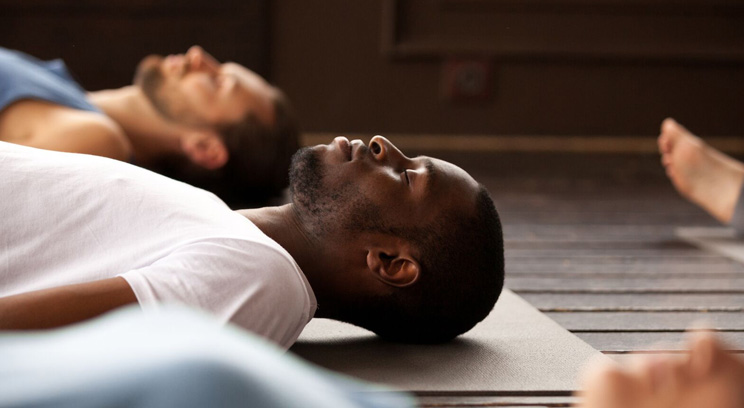Whether you exercise a few times a week or follow a full training programme, resting well can help to improve your performance,1 and bounce back faster after hard exercise. Adding low-impact activity to your ‘rest’ days could help you reach your fitness goals while reducing your risk of injury.
Active vs passive recovery
Active recovery is typically exercise that’s less intense than your usual workout – something gentle enough that you’re still able to have a conversation while doing it.2 Passive recovery involves full rest such as sitting or lying down. Depending on the intensity of your workouts, both active and passive recovery have benefits for your body, so finding a balance that works for you is key.
How does active recovery work?
As Bupa F2F Physio (MSKT), Majo Jose, explains, “active recovery is about allowing your body to recover while still promoting blood flow and gentle movement. It's essential for maintaining consistency and progress in your training.”
A boost in blood flow helps flush out waste and bring oxygen and nutrients to your muscles. Staying active on rest days can also be good for your joints, keeping them mobile and preventing stiffness, which could lead to injury.3
When you workout intensely, you create tiny tears in your muscles, it’s through the healing of these tears that your muscles become stronger and more resilient. It’s crucial to understand that this process only happens during rest, which is why making time for recovery – whether active or passive – is important for keeping up your fitness.4
Getting started with active recovery
You could tweak your normal resistance training by switching to a lighter load while increasing reps. But you might already have active rest incorporated into your day-to-day routine, whether you’re following an exercise plan or not.
A walk around your favourite park can give you a gentle cardio workout that is perfect for rest days. Swimming is another great, low-impact option.5 Or, you might want to try movement practices like yoga, tai chi or dynamic stretching.
It’s worth noting that active recovery doesn’t have to be a formal workout.6 Make active rest days fun and social through dancing, golfing, cycling with friends, or playing games with your children.
Majo adds that how often you build in active recovery days will depend on your fitness level and goals. They suggest the following as a guide:
Beginners (1-3 months of regular exercise): 2-3 active recovery days per week
Intermediate (3-6 months of regular exercise): 1-2 active recovery days per week
Advanced (6+ months of regular exercise): 1 active recovery day per week
High-Intensity Training (e.g., athletes, powerlifters): 2-3 active recovery days per week
Ideas for active rest when you're busy at work: Majo's top tips
1. Desk stretches – Take short breaks to stretch your neck, shoulders, and back.
2. Walking meetings – Suggest walking meetings with colleagues to get some movement while discussing work.
3. Lunch break walks – Use your lunch break to take a short walk outside or do some light stretching.
4. Chair yoga – Try simple chair yoga poses to loosen up your muscles.
5. Foot rolls – Roll your feet on a tennis ball or foam roller under your desk.
Ideas for active rest when you're travelling: Majo's top tips
1. Airport walks – Take a walk around the airport during layovers or while waiting for flights.
2. Hotel yoga – Follow along with online yoga videos or apps in your hotel room or use the hotel gym.
3. Walking to nearby attractions – Instead of taking transport, walk to nearby attractions or landmarks.
4. Bodyweight exercises – Do light exercises in your hotel room, like push-ups, squats, or lunges.
5. Stretch during flights – Take breaks to stretch your legs, hips and back during long flights.



